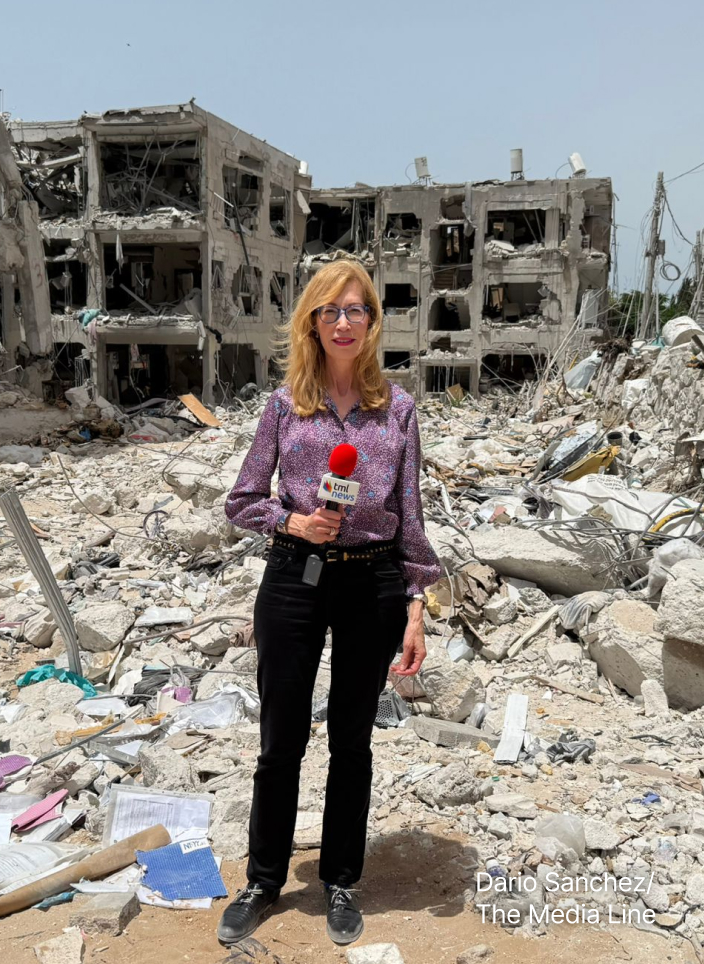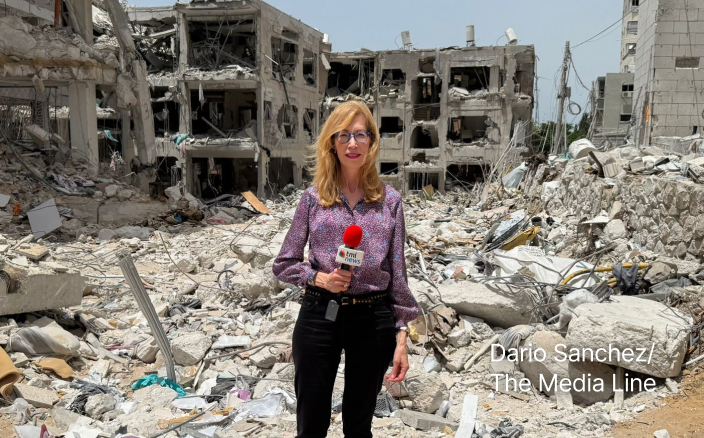On the 84th anniversary of the Babyn Yar massacre, Gabriel Colodro reports [1] from Jerusalem as researchers restore names to 1,031 victims long consigned to silence. The reading of those names—some belonging to infants, one to a 104-year-old—turns a solemn ceremony into an act of repair.
Babyn Yar, a ravine on Kyiv’s edge, became one of the Holocaust’s largest killing grounds. On September 29–30, 1941, Nazi forces and local collaborators shot 33,771 Jews in two days. In the months that followed, Roma, Soviet prisoners of war, and Ukrainian political prisoners were executed there, a brutal chapter of the “Holocaust by bullets.”
Give the gift of hope
We practice what we preach:
accurate, fearless journalism. But we can't do it alone.
- On the ground in Gaza, Syria, Israel, Egypt, Pakistan, and more
- Our program trained more than 100 journalists
- Calling out fake news and reporting real facts
- On the ground in Gaza, Syria, Israel, Egypt, Pakistan, and more
- Our program trained more than 100 journalists
- Calling out fake news and reporting real facts
Join us.
Support The Media Line. Save democracy.


For former Soviet dissident Natan Sharansky, the fight is not only over graves but over truth. He argues that autocrats turn history into a weapon, casting Ukraine as “not a nation” while recycling slanders that twist Jewish tragedy for current battles. His point lands: memory work is battlefield work.
Speakers frame remembrance as identity reclaimed. Revital Yakin Krakovsky says each recovered name is a “complete world.” Dani Dayan warns that equating present conflicts with the Shoah is a desecration. Dina Porat traces how Soviet censors smothered Babyn Yar—from Yevgeny Yevtushenko’s 1961 poem to Shostakovich’s muzzled symphony—until 1991 finally allowed explicit recognition of murdered Jews.
The archives themselves are at risk. As Yevgen Korniychuk notes, war endangers collections; yet Ukraine has digitized more than 20 million pages, racing to rescue evidence before it is destroyed. Sharansky wants Babyn Yar to become a school as much as a memorial—training citizens to resist falsification and to carry names forward.
Read the full article [1] for Colodro’s interviews and on-the-ground context—a bracing reminder that safeguarding records, stories, and names is how communities defend the future.